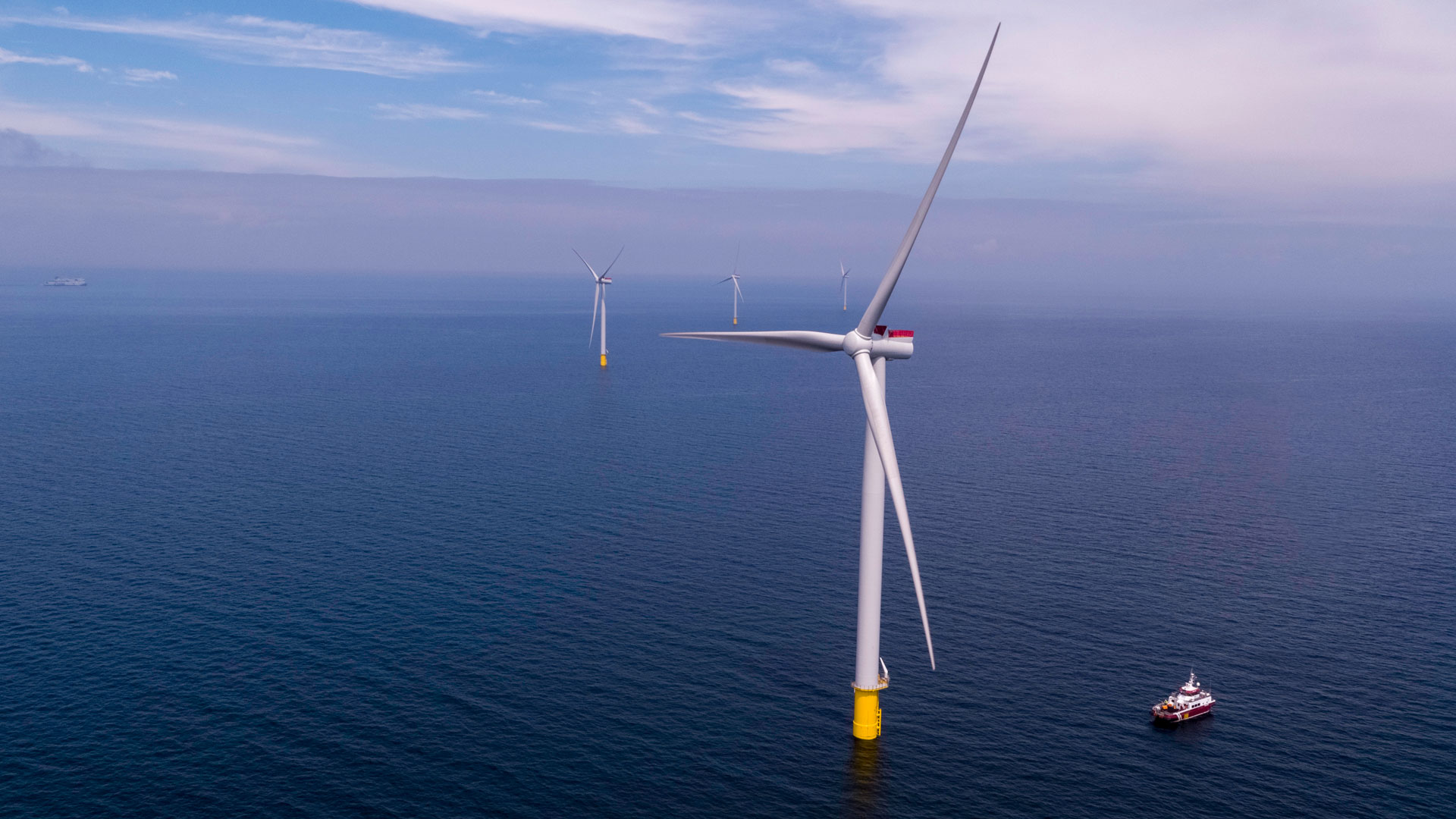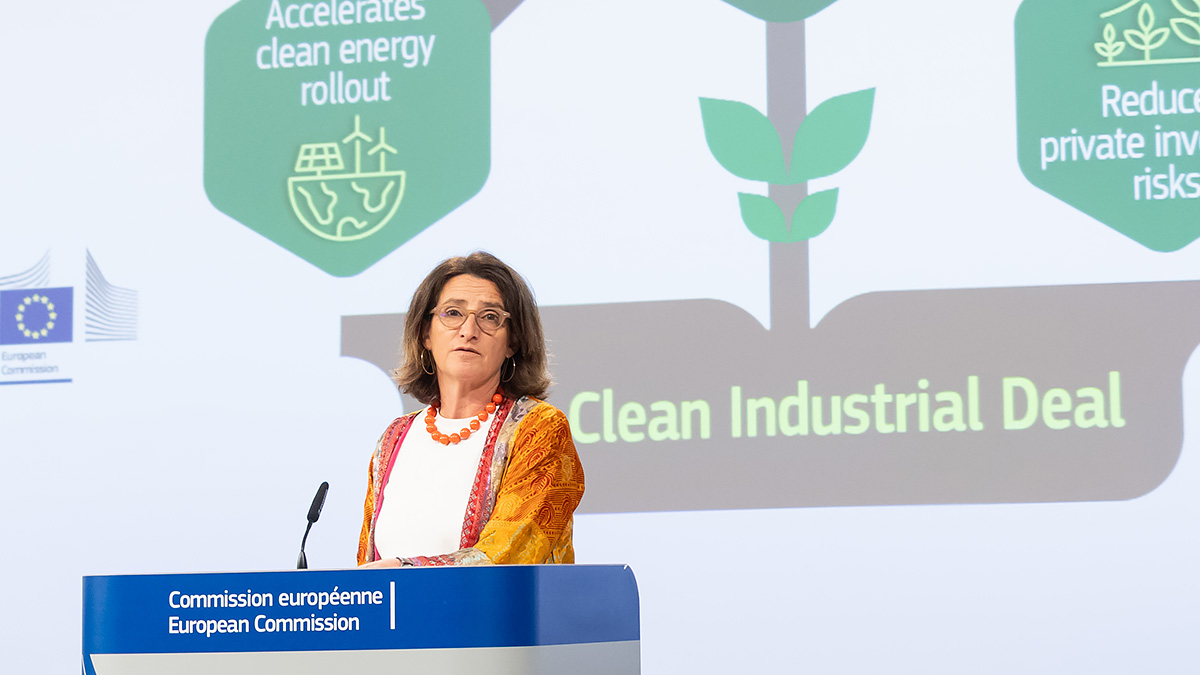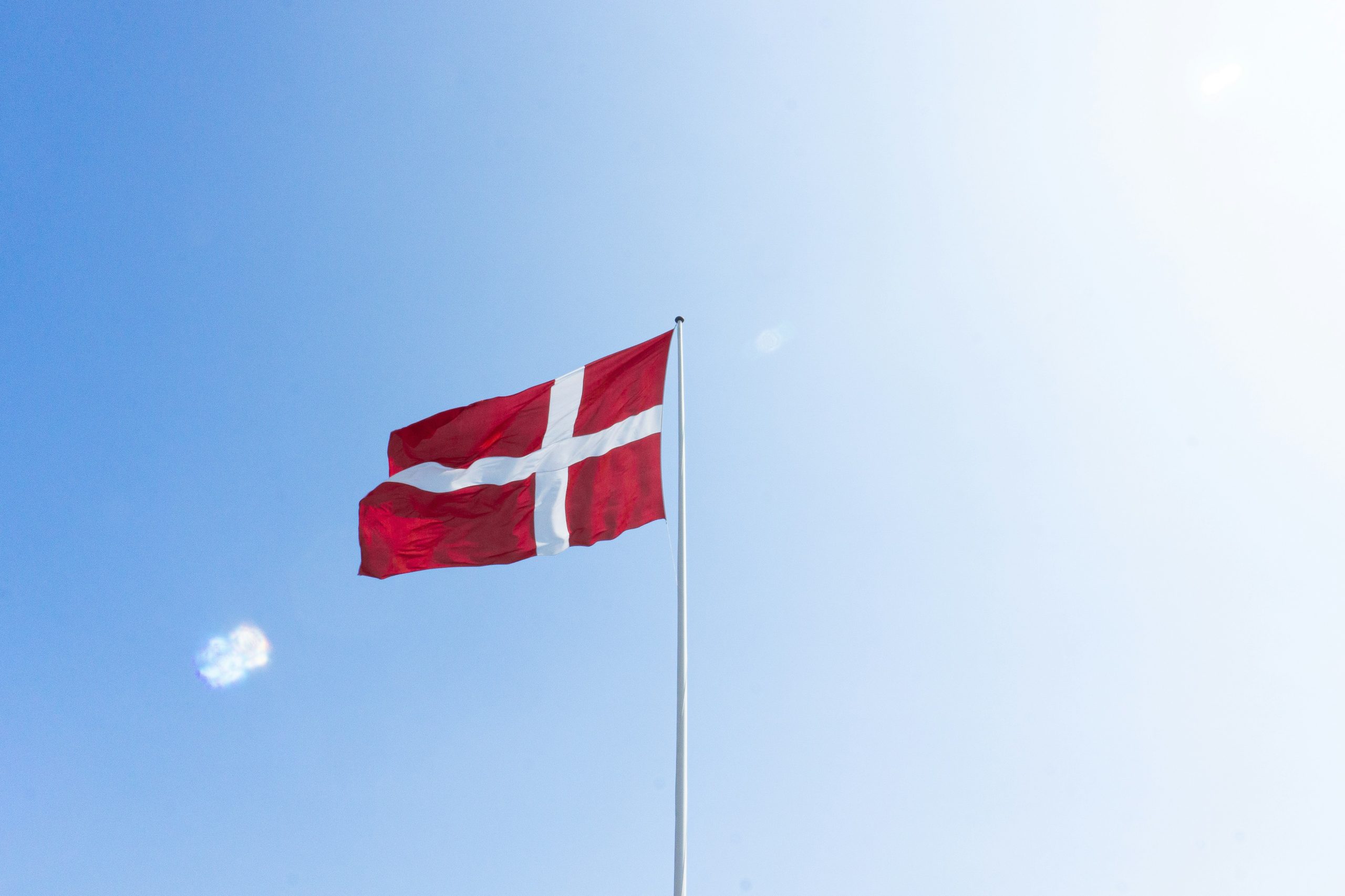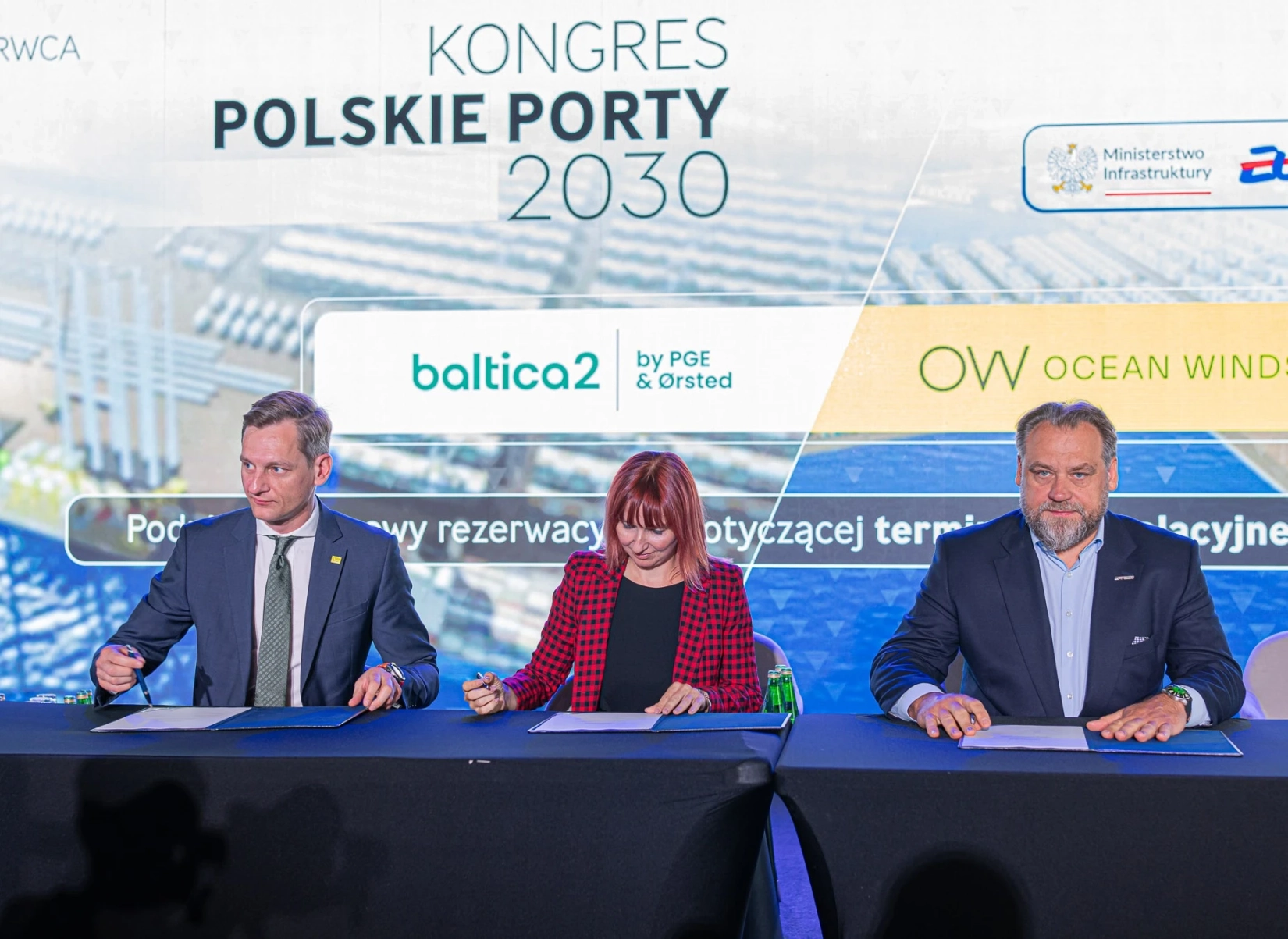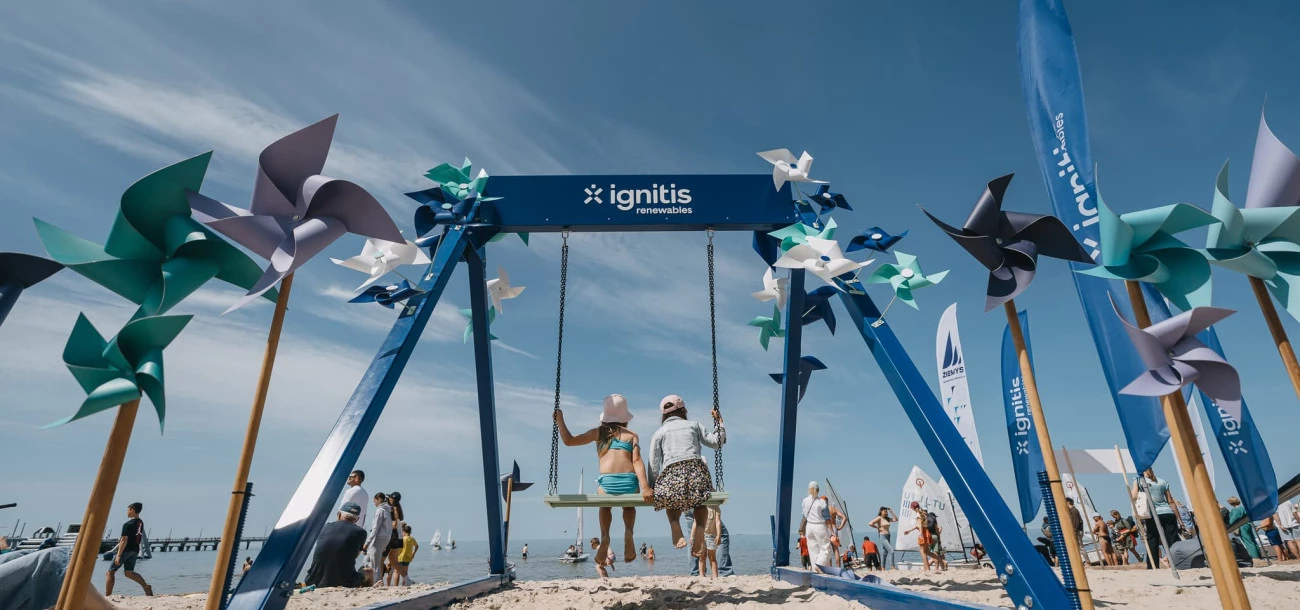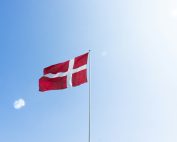September 6 proved to be a milestone for the Baltic Sea as the 604 MW Kriegers Flak offshore wind farm project was officially inaugurated. German steelmaker Dillinger boasted that it was the company that supplied the 45,000 tons of heavy plate needed for the monopiles used in the Kriegers Flak project.
The popular Kriegers Flak project is an offshore wind power system in the Baltic Sea consisting of three wind farms. Each is located in the exclusive economic zones (EEZ) of Denmark, Sweden and Germany, with a total area of 132 km2. The Danish Kriegers Flak farm is located between 15 and 40 km off the Danish coast, the German Baltic 2 farm has been operational since 2015, while the Swedish part of the project is still in the planning phase.
Kriegers Flak is the largest offshore farm in Denmark to date. It consists of 72 wind turbines that supply energy to 600,000 households. The wind farm covers an area of 132 km2 and includes about 170 kilometers of submarine cables.
Dillinger steel supports Denmark’s energy transition
“The project relies on 72 turbines of the Siemens Gamesa SWT-8.4-167 type with a height of 188 m. They are founded on monopile foundations. Each monopile weighs about 800 tonnes. For these monopile foundation structures, Dillinger supplied about 45,000 t of heavy plate ranging from 45 to 94 mm thick”, the manufacturer’s announcement reads.
Steel is the primary material used in the construction of offshore wind farms. Modern wind turbines consist almost exclusively of steel, and without advanced steel components their construction – especially offshore – would be almost inconceivable. The majority of wind turbines in Europe are based on Dillinger steel, for example in wind farms in the North and Baltic Sea such as Westermost Rough, Gode Wind and EnBW Baltic 2.
Dillinger continues its strategic partnership with the Department of Materials Science and Engineering at Saarland University and the Steinbeis Research Center for Materials Science (MECS). The company is involved in research projects on the microstructure of steel and how to strengthen it. This is crucial for the company, as the steel used in offshore wind energy must withstand extreme weather conditions, such as storms, for decades while ensuring safe operation.
Source: Vattenfall, Dillinger
